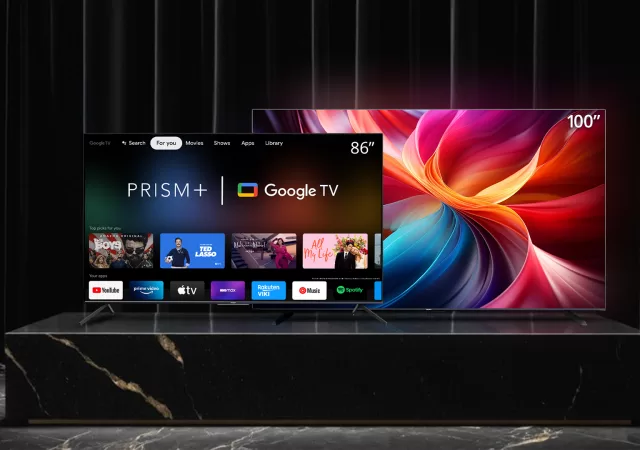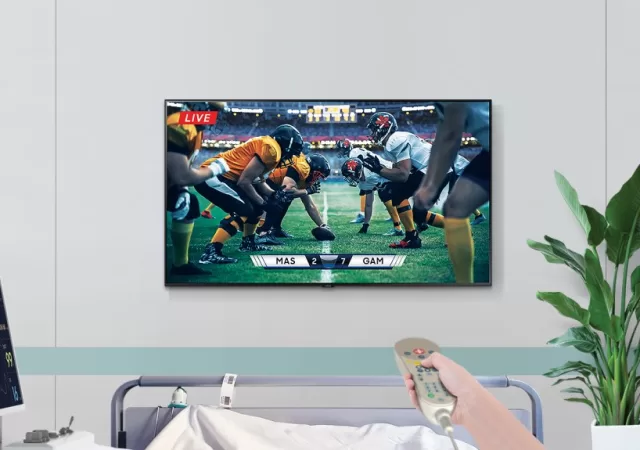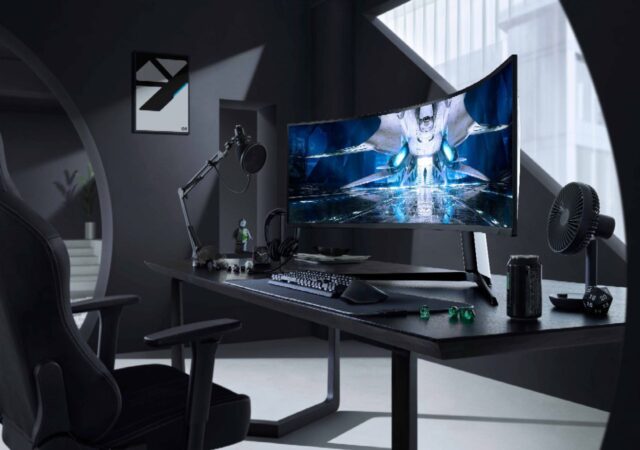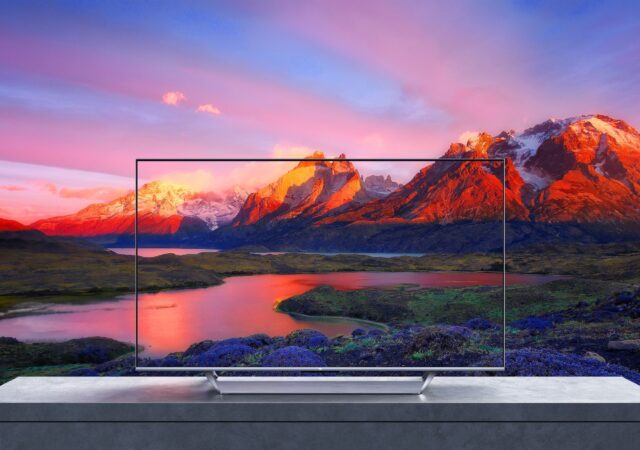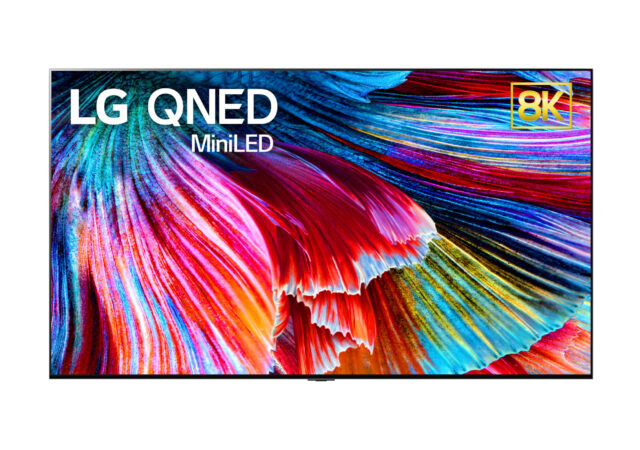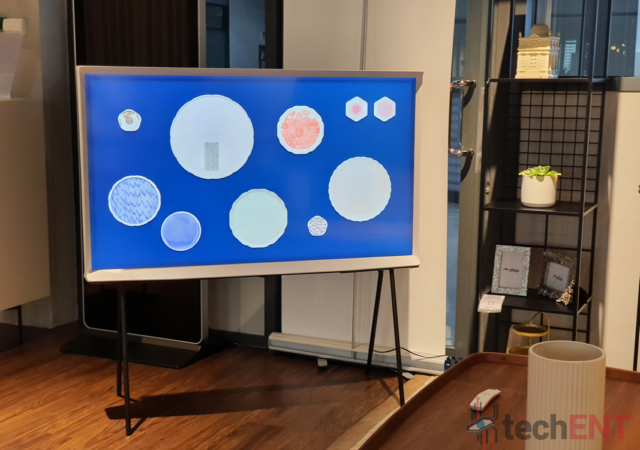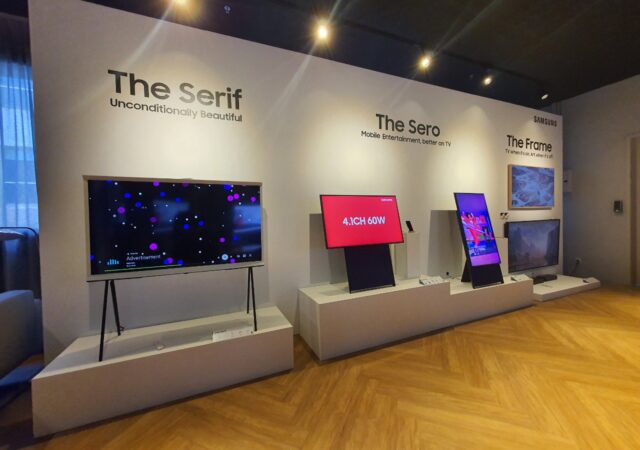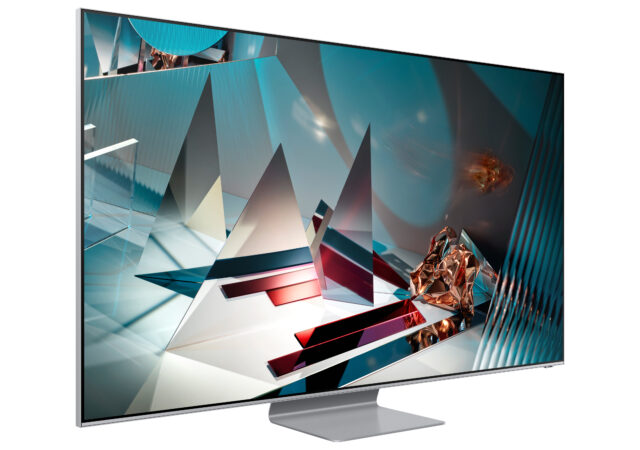PRISM+ introduces a 100-inch 4K QLED TV complete with Google TV and Chromecast functionality at a relatively affordable price.
Samsung Unveils Specialized TVs for Healthcare Industry
Samsung unveils two TV models specially designed to maximise patient comfort and functionality in healthcare environments.
Samsung Launches the Odyssey Neo G9 – The Future of Gaming by Samsung is Here
Samsung launches their new Odyssey Neo G9 gaming monitor with state-of-the-art Quantum Mini LED technology at Dual QHD and 240Hz.
Xiaomi Launches Premium Mi TVs in Malaysia!
Xiaomi bring their Mi TV P1 and Mi TV Q1 into Malaysia. The new Mi TV Q1 offers 4K UHD Dolby Vision and HDR10+ experience at 120Hz.
Samsung Brings New Forms to MICRO LED & Neo QLED to Blend into Any Lifestyle
Samsung has, over the years, established itself as one of the leaders when it comes to display technology; not only in the homes but also in commercial settings. They have been pioneering new display technologies with Quantum Dot (QLED) and…
[CES 2021] The First QNED Mini LED TV From LG
LG kicks off 2021 with CES 2021 announcements. They announced their first QNED Mini LED television for homes of 2021.
Samsung The Serif QLED TV In-Depth Review: Smart TVs Never Looked So Good
The television isn’t just a screen to consume content anymore. Over the years, the screen has become more of a multi-dimensional surface which isn’t just about multimedia. Some use it to keep in touch, some use it to escape the…
Bring Some Pizazz to Your Home with Samsung’s New Lifestyle TVs
Samsung looks to bring some character to your living room with their new lifestyle QLED TVs: the Sero, the Frame and the Serif.
Samsung’s 2020 QLED TVs Brings New Technologies for a More Immersive Experience
The 2020 Samsung QLED TVs bring a whole slew of new technologies that enhance and augment the content experience. Samsung has taken everything into consideration from display to sound.



